IFEX daily log
Wednesday, September 21, 2005
On Wednesday morning, Hurricane Rita appeared much stronger from satellite
imagery. Infrared imagery (Fig. 178) showed that Rita had a large (30-40 nm diameter)
eye with very cold cloud tops. Such a satellite signature is indicative of a major
hurricane. Microwave data collected several hours earlier (Fig. 179) showed that there
was a principal rainband spiraling around the storm and extending out hundreds of miles.
The heaviest rainfall associated with the rainband was located on the north side of the
storm. A radar image from Key West that morning (Fig. 180) also showed the band on
the east side of the storm, along with several other banded features in the east and
northeast sections of the storm. Shear is still weak over the storm (Fig. 181), and track
guidance (Fig. 182) predicts that Rita will continue into the Gulf, where waters are still
very warm. Thus Rita is expected to remain a significant hurricane in the Gulf, possibly
making landfall in the northwestern Gulf in about three 3 days.
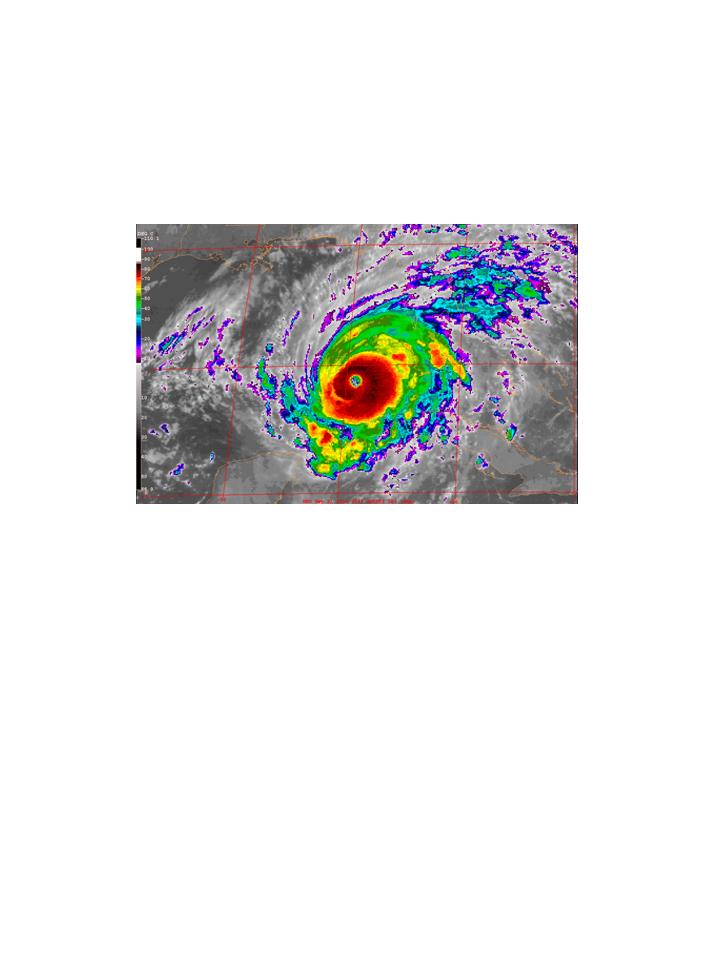
Figure 178. GOES-East infrared image valid 0845 UTC September 21.
The plan for today called for a two-plane IFEX/RAINEX mission into Hurricane
Rita. N43RF would fly a figure-4 pattern, with an IP 50 nm east of the storm. That
pattern would end up on the north side of the storm, after which point N43RF would
begin to work with the NRL P-3 on rainbands around the storm. The two aircraft would
fly rainbands in all quadrants, if possible, and then N43RF would finish with another
figure-4 with the same orientation as the first one. N43RF would fly at 12,000 ft, and the
NRL P-3 would fly at 14,000 ft. If icing became a problem, then NRL would descend to
12,000 ft, and N43RF would descend to 8000 ft. RAINEX drops would be made in the
middle of the eyewall and on the inner edge of the eyewall, at the center of the storm, and
at the midpoint and endpoints of any rainband legs that are flown. HRD drops would be
made at all turn points in the figure-4 patterns. Nine AXBT's are available; they will be
dropped just outside the eyewall on the first figure-4 and at the midpoint of each rainband
leg.
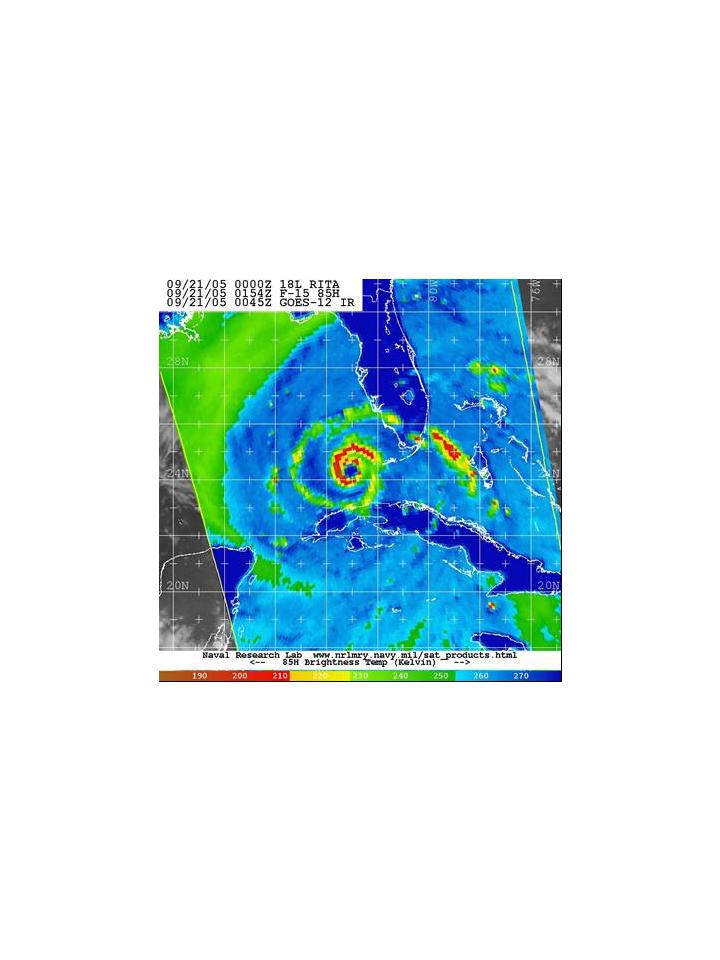
Figure 179. SSM/I 85 GHz image valid 0154 UTC September 21.
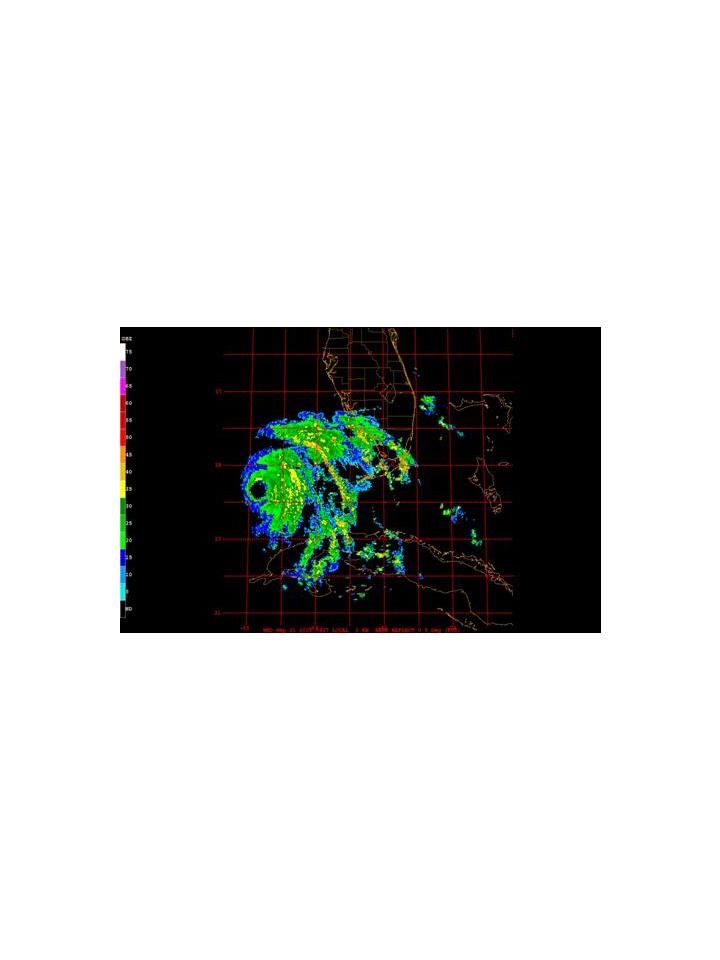
Figure 180.WSR-88D reflectivity (shaded, dBZ) from Key West valid 0927 UTC
September 21.
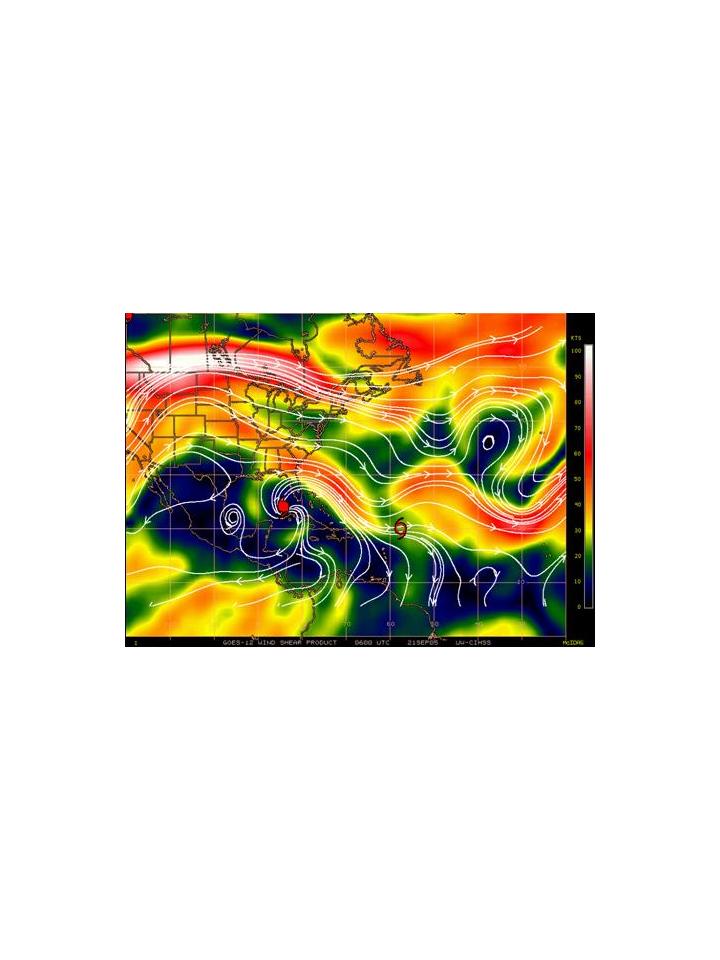
Figure 181. CIMSS-derived 850-200 hPa vertical shear (shaded, kt) valid 06 UTC
September 21.
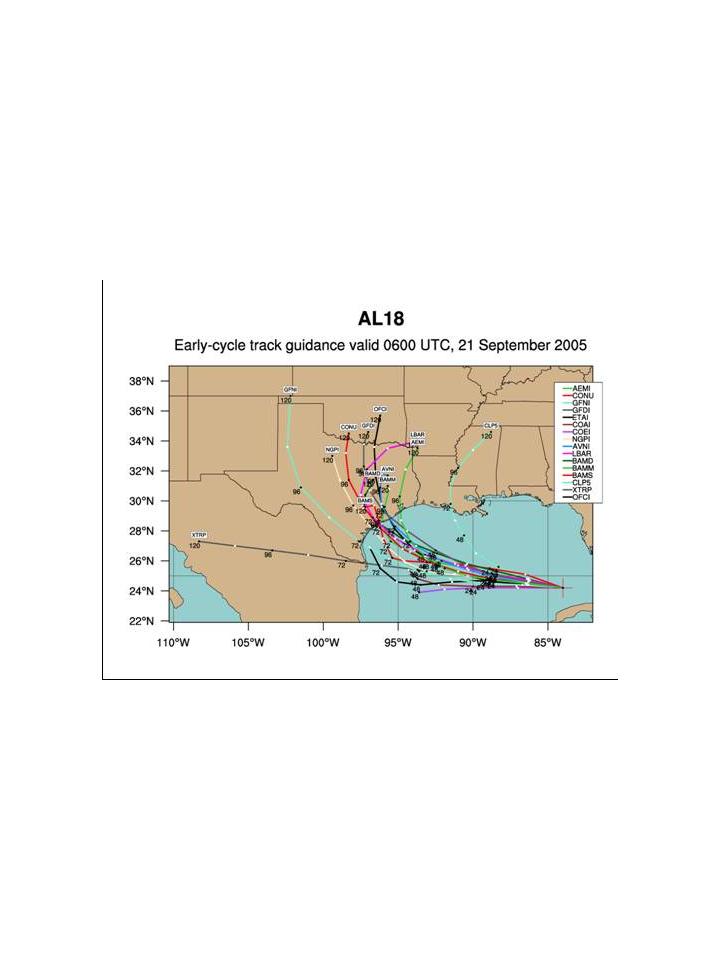
Figure 182. Track guidance for Hurricane Rita valid 06 UTC September 21.
The mission did follow the plan well. The flight tracks shown in Figure 183
indicate that N43RF did fly its two figure-4 patterns as well as fly along rainbands in all
four quadrants. The NRL P-3 flew primarily around the periphery of the core, which was
according to plan as well. The storm was undergoing rapid intensification prior to and
during the flight today. The final fix in the previous day's mission had a central pressure
of 972 hPa, while the first pass in today's mission (less than 24 h later) had an
extrapolated MSLP of 925 hPa Ð nearly 50 hPa in less than 24 h. During the first
penetration there was an indication that there was a double eyewall present, but there was
no secondary wind maximum at the time. Rainfall was primarily stratiform in the
northeast side. As usual, marked azimuthal asymmetries in the wind field were evident,
as peak flight-level winds on the east (west) side were 140 (120) kt, while peak SFMR
winds were 125 (110) kt. Peak flight-level winds on the north (south) side were 160 kt,
while peak SFMR winds were 130 (120) kt. The eye for the entire mission had a good
stadium effect. By the time of the second figure-4 near the end of the mission, the peak
flight-level winds on the east (west) side were 160 (150) kt, while peak SFMR winds
were 135 (130) kt Ð a 20-30-kt increase in flight-level winds and 10-20-kt increase in
surface winds in a 3-h time period. The MSLP had also dropped from 928 hPa to 909
hPa, as measured from GPS sondes, over this same time period. Sea-surface
temperatures measured from the AXBT's generally were 28.5 -29 C ahead of the storm,
indicating an ocean environment favorable for sustaining a storm of this strength.
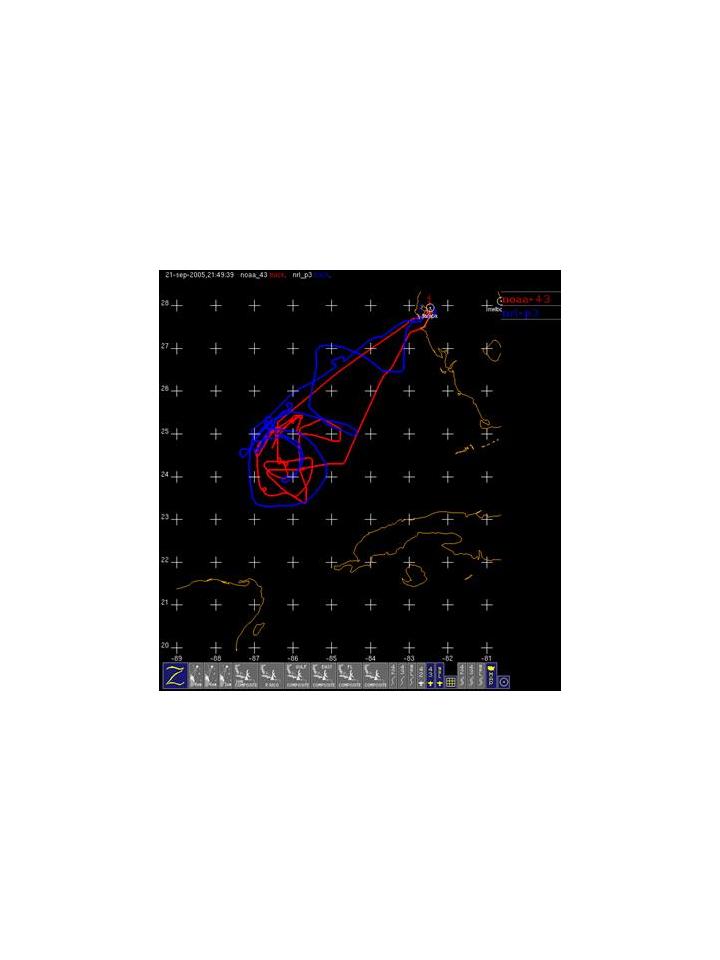
Figure 183. Tracks of N43RF and NRL P-3 for flight on September 21.
The coordination between the two aircraft for the rainband work was a bit clumsy
at first, largely because there was such widespread stratiform rain in the north side of the
storm. Coordination was eventually established, however, and some excellent patterns
were flown around the rainbands on the northwest, southwest, and southeast sides (Fig.
184). The passes in the northwest quadrant included both downwind and upwind legs.
Portions of these passes were well-enough coordinated to provide quad-Doppler
coverage. A total of 35 sondes and 9 AXBT's were dropped in the storm as it completed
its cycle of rapid intensification. Shortly after the mission was completed, the minimum
central pressure observed by an Air Force aircraft was 897 hPa, marking the fourth-
lowest central pressure ever recorded in the Atlantic basin. This mission should provide
an excellent dataset for studying the evolution that occurs with rapid intensification. It is
also the third mission in three days into this system, which was first sampled as a tropical
storm and has now become a Category-5 hurricane in less than three days.
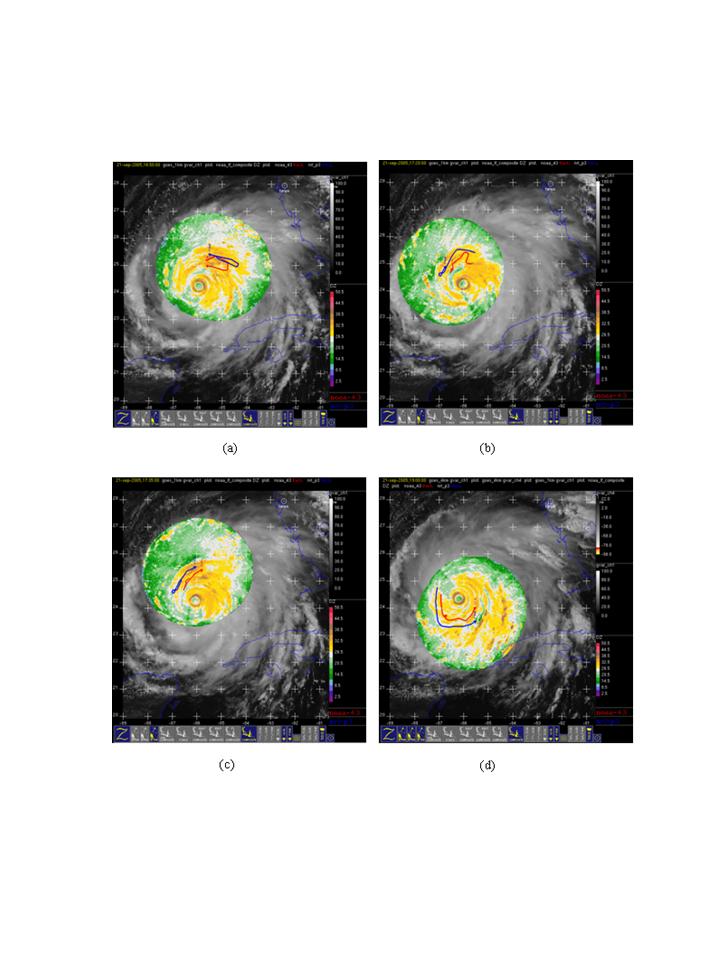
Figure 184. Plot of lower fuselage reflectivity (shaded, dBZ) from N43RF and flight
tracks of N43RF and the NRL P-3 during previous 30 minutes for (a) 1650 UTC; (b)
1720 UTC; (c) 1735 UTC; and (d) 1900 UTC September 21, 2005.
Rob Rogers
HRD Field Program director
Return to IFEX calendar page
![[Atlantic Oceanographic and Meteorological Laboratory]](../../../hrd_top_logo7.jpg)
![[OAR/DOC/NOAA Logos]](../../../oar_noaa_doc_logos3.jpg)